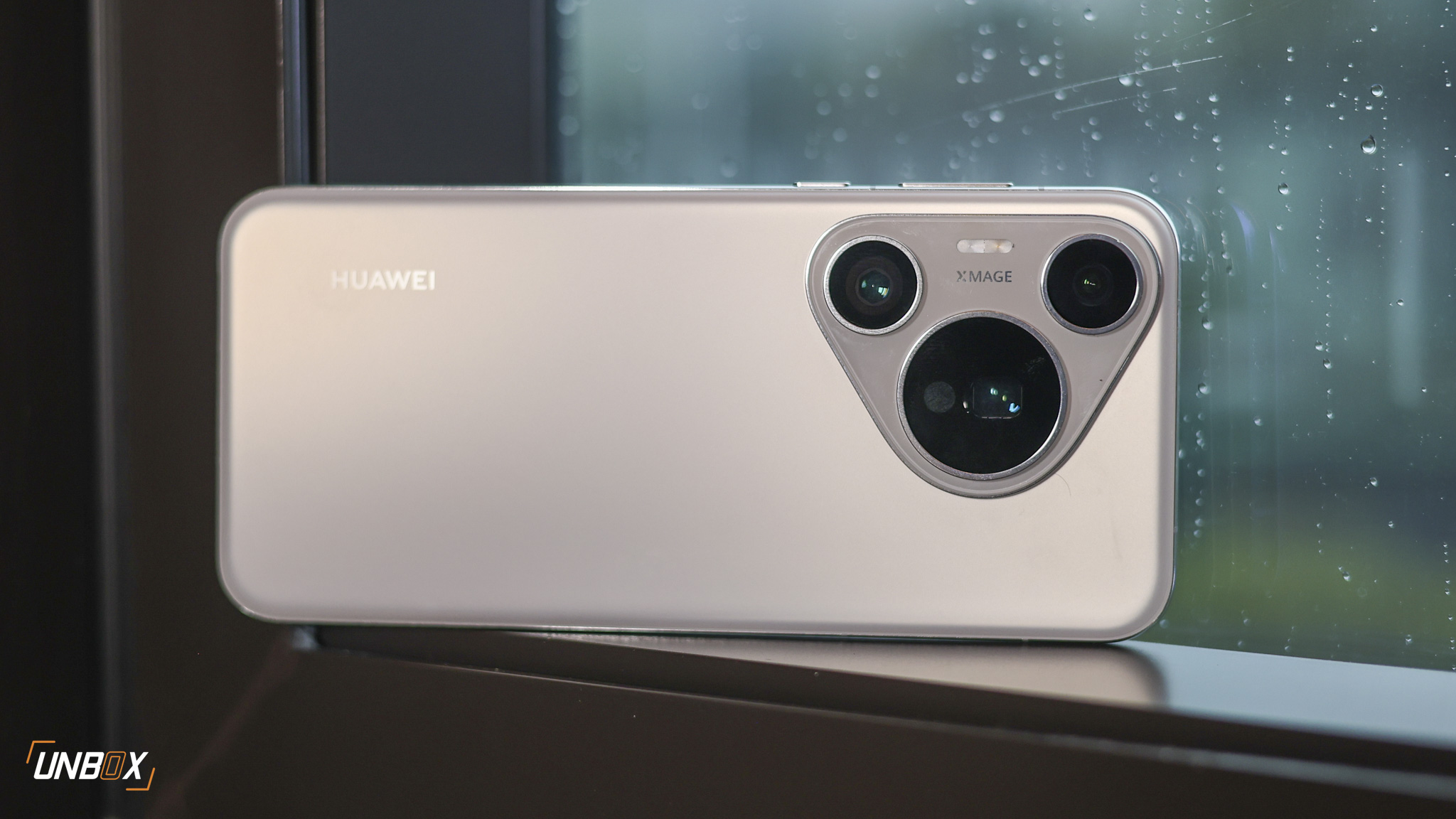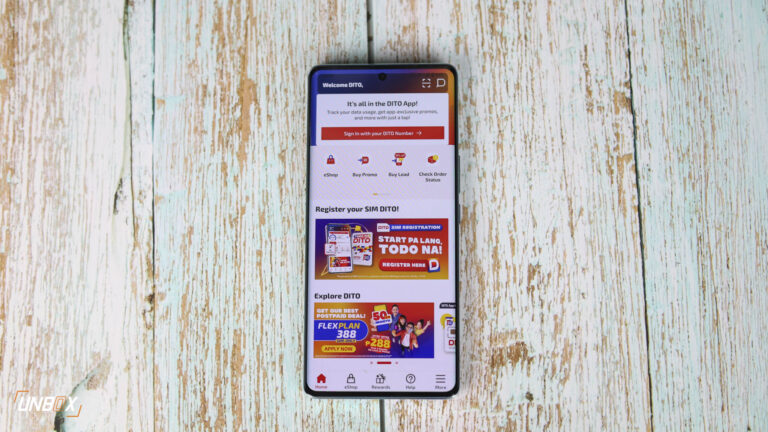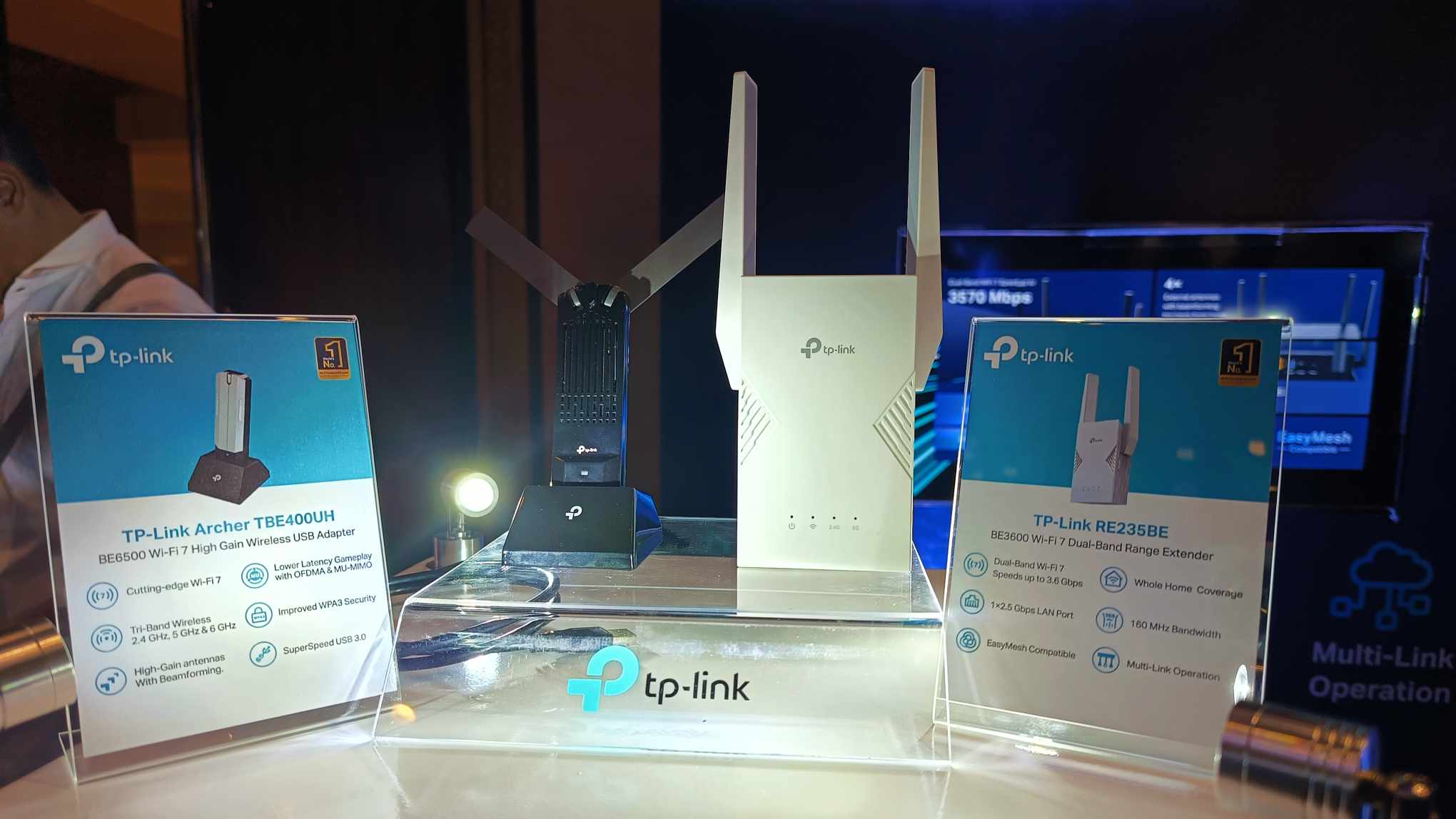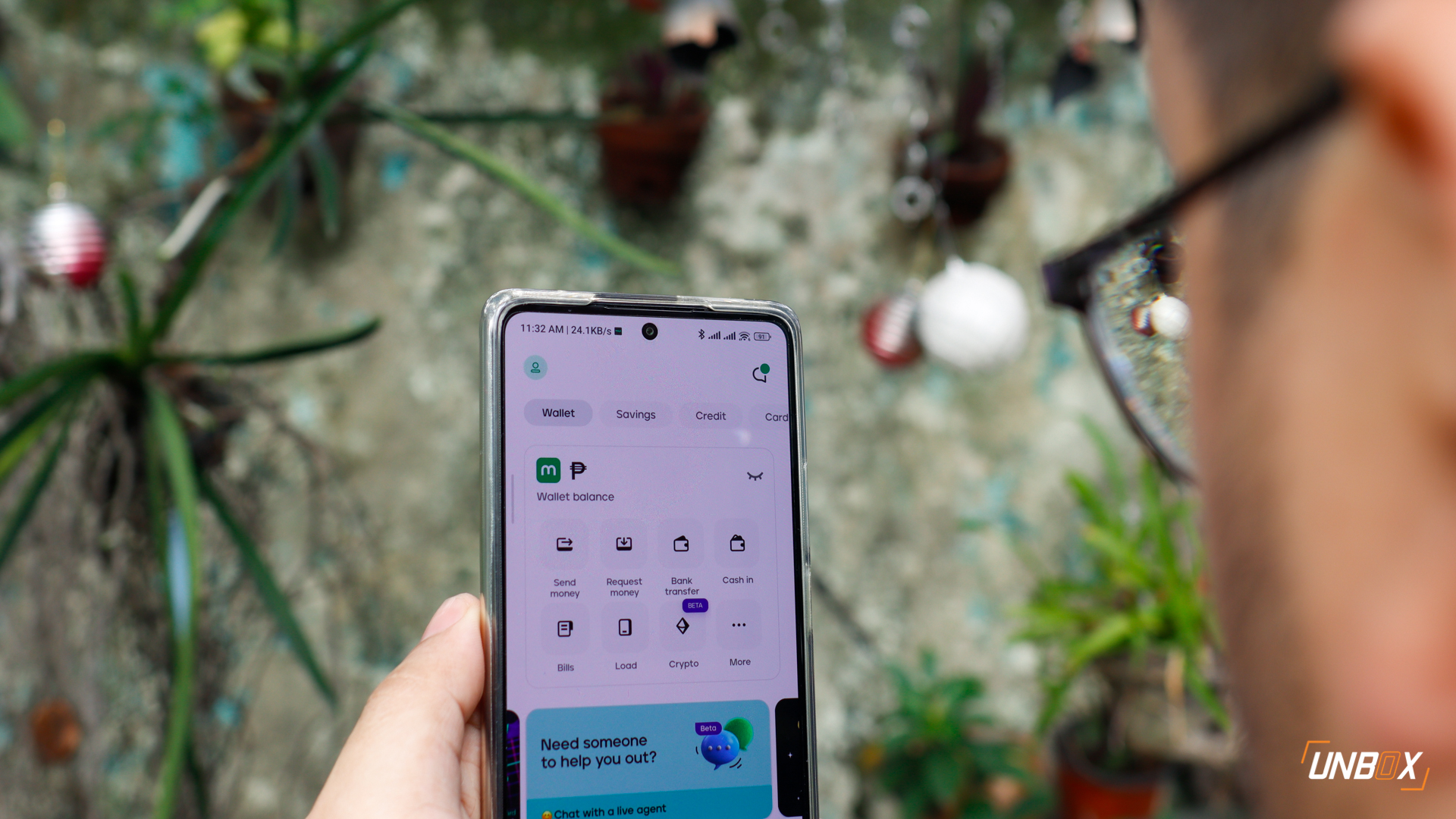Better performance for limited devices
Google’s hardware-oriented approach at reaching the next billion Android users in developing countries wasn’t a smashing success. Android One, as the initiative was called, quickly lost steam in the years after it was launched in India, Myanmar and the Philippines, as lackluster phones and slow hardware certification process made it untenable for its hardware partners like MyPhone and Cherry Mobile.
Despite that, Google knows that reaching the next billion Android users is of paramount importance, so the company is trying a new strategy: building a version of Android optimized for affordable phones that have less than stellar specs.

The new program, dubbed Android Go, looks to build a version of Android that’s optimized to run on phones with limited memory, with the system UI and kernel capable of running on memory as low as 512MB. The program also encompasses apps optimized for both low memory and bandwidth, problems that are associated with devices offered in developing countries like the Philippines. Apps like YouTube Go, for instance, show users a preview of how much data they’ll be consuming when viewing SD and HD resolution of their selected video.
All Android devices with 1GB or less of RAM will automatically use the Go configuration of Android, and all Android releases moving forward (starting with Android O) will have Go configurations for low-end devices.



































































